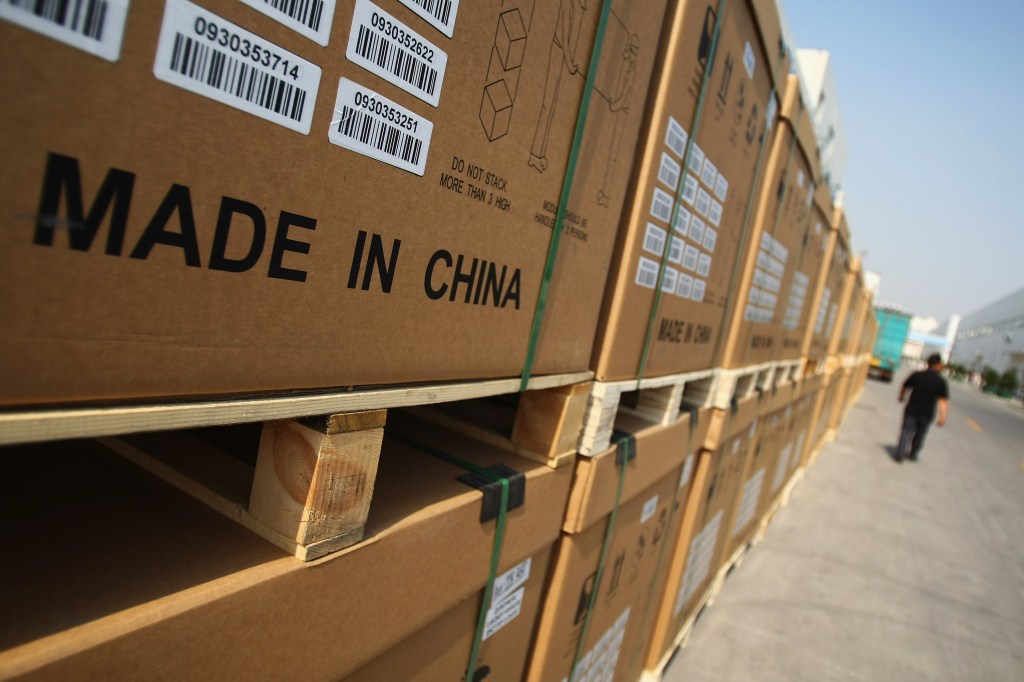Robeco’s head of investments China, Jie Lu, believes while market volatility will persist for some time, economic growth has returned and the outlook is more promising.
Key Takeaways
- Covid situation stabilising
- Solutions being found for property market slump and the financial struggles of developers
- Technology sector seen as playing an important role in boosting China’s economy

China has been a laggard in regaining economic momentum this year but there are reasons to believe the worst is now over, says Robeco’s head of investments China, Jie Lu. “Economic growth is back on track but we still expect significant volatility in China equity markets before a more sustained recovery can take hold.”
Lu says the property market slump and the financial struggles of developers are currently making headlines.
“In our view the Chinese banking system is well-buffered to absorb this shock so it does not present any systemic risk. The present status is that the central government is essentially encouraging local government to come up with solutions to ensure developers can complete unfinished projects for frustrated homebuyers.
“This might not be enough to reverse the trend of declining home sales and property investment. Given it was a central government decision to finally rein in developers which prompted the correction in housing prices, and developers’ current financing issues, we are hopeful the central government will ultimately step in with targeted policy support.”
Lu notes the Covid situation has stabilised with ‘Dynamic Zero Covid Control’ the policy until the year-end, with measures likely to be less restrictive over time, especially if the policy is reset at the next party congress in October 2022.
Stimulus will support the construction sector
Lu says a third reason is that the government is providing targeted economic stimulus. “Unlike in the post-2008 period, the current program is limited in scope, but will still materially support economic growth. An extra US$146 billion package was announced on 25 August 2022, designed to support both investment and consumption.”
In particular, a resurgence in infrastructure spending through new provision for local government loans and new project approvals will kickstart construction activity, which had slumped during the pandemic, Lu says. “Alongside a moderate easing in monetary conditions, this will support economic growth into 2023, a contrast to tightening monetary policy in Europe and the US.”
Regulatory action is winding down
Fourth, the regulatory action against China’s ‘platform economy’ that depressed tech valuations has run its course. At a Politburo meeting in late July, China’s leaders signalled they would give the green light to a raft of tech deals, and indicated it saw the technology sector as playing an important role in boosting China’s economy, Lu says, a significant change in rhetoric and has helped sentiment in the sector.
The long-term regulatory spat with the US over the auditing of China companies listed as ADRs remains unresolved, despite the preliminary deal announced on 26 August 2022. “This deal is an encouraging sign that both sides are seeking compromise, but our view is the trend for ADRs to seek a dual listing in Hong Kong and/or potentially ‘onshore’ in China is likely to continue and be positive for the China market going forward.”
Conclusion
Taking into account these four factors means the outlook for China is now more positive and predictable than it has been since the Covid era dawned in early 2020. The China A-share market typically exhibits a low correlation with global equity markets and as monetary policy has decoupled from the trajectory of the US and Europe, seeking exposure to China now makes even more sense from a diversification perspective.